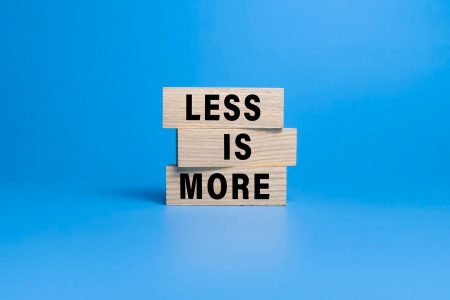Digital marketer George Deeb, with over 30 years of experience, recently shared a cautionary tale about the dangers of over-optimizing ad campaigns. In his case study, Deeb discovered that his efforts to optimize his Restaurant Furniture Plus ecommerce business campaign actually caused the campaign performance to decline significantly. This unexpected outcome prompted Deeb to examine what went wrong and how others can avoid making the same mistake.
The Restaurant Furniture Plus ecommerce business had been steadily growing over the years, primarily relying on Google Ads for advertising. As the advertising budget increased from $100,000 to $2,000,000 annually, revenues followed suit, displaying a consistent straight-line growth pattern. Deeb and his team focused on high-level metrics such as ROAS and CPL to ensure they were on the right track. However, a decision to engage a more sophisticated marketing agency that specialized in CAC optimization instead of CPL led to unexpected results.
The advertising agency’s strategy to connect the CRM data directly with Google Ads, with the aim of optimizing for actual buying customers, backfired. Instead of improving campaign performance, the change resulted in a doubled CAC and halved ROAS. Upon further investigation, Deeb realized that the shift in the primary data point from number of leads to number of customers had drastically reduced the data points being sent to Google, causing the algorithm to underperform. This lack of data stifled Google’s algorithm, leading to ineffective advertising strategies.
To rectify the situation, the team reverted to their previous approach of optimizing for leads data rather than transaction data, which restored the campaign performance to historical levels. Deeb highlighted several key lessons from this experience, emphasizing the importance of providing Google with sufficient data to optimize advertising campaigns effectively. Additionally, the case demonstrated that even experienced marketers can make mistakes, underscoring the need for caution when implementing new strategies. Lastly, the story serves as a reminder that while campaign optimization is crucial, over-optimization can have negative consequences.
Deeb’s insights shed light on the delicate balance between optimizing ad campaigns for maximum performance and avoiding the pitfalls of over-optimization. By sharing his missteps and the valuable lessons learned, Deeb hopes to help other marketers navigate the complexities of digital advertising more effectively. As the digital landscape continues to evolve, it is essential for marketers to remain vigilant and adaptable in their strategies to achieve sustainable success.













